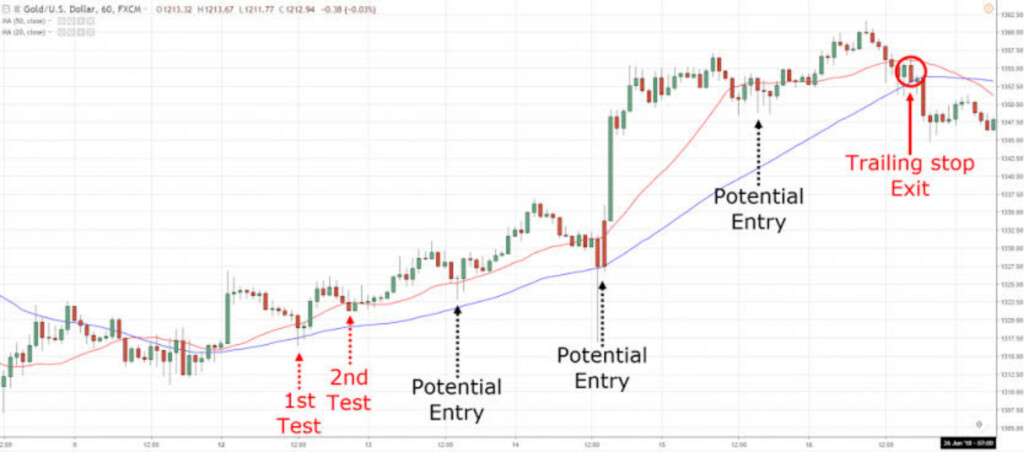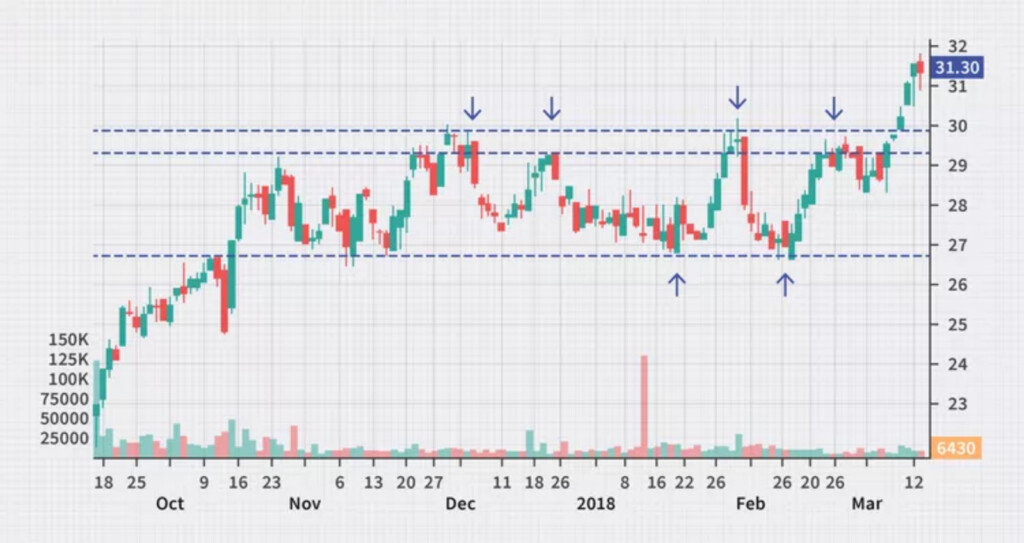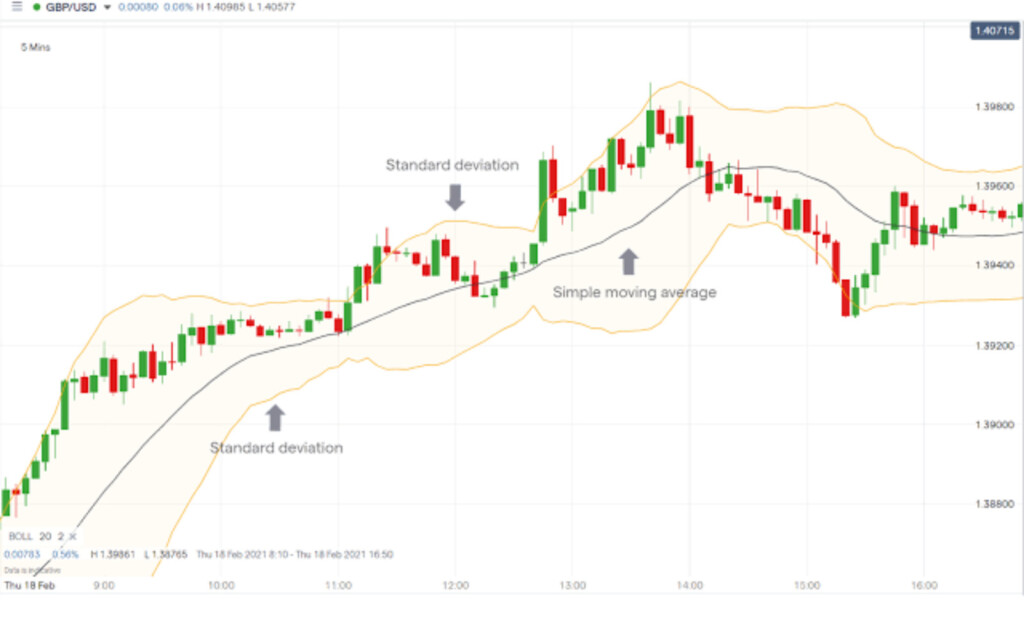

Being a successful trader often requires consistent practice and the application of different trading strategies. Some common features of a good strategy include; technical analysis, indicator analysis, currency pairing etc..,
The 5-3-1 trading strategy can be translated as follows:
— 5 = choosing five currency pairs to work with
— 3 = Choosing three strategies that work for a trader
— 1 = Choosing a trading time frame
Most trading strategies vary from easy to complex and can be streamlined to the level of risk a trader can withstand and trading goal. Pro traders often use different techniques in their trading that often include technical, fundamental, price action analysis, swing trading, scalping, trend following, etc.
“Do more of what works and less of what doesn’t.”
— Steve Clark, trade analyst
The 5-3-1 trading strategy is effective, and you will find out in a few minutes how it works and how you can deploy it in your everyday trading activity.
A more profound outlook into the 5-3-1 trading strategy
The 5-3-1 strategy is among the best trading strategies and is great for first-time traders. This strategy is engineered to maintain trading discipline in achieving results, even in complex market conditions. Pro traders use this approach because it provides a clear focus and structured approach to the global market. By tailoring down the number of trading strategies and currency pairs, it is easier to eliminate overwhelming information and direct your focus on profitable trades.
Step-by-step ways to execute the 5-3-1 trading strategy
The 5-3-1 trading strategy is an excellent way to develop your trading skills. Here is a step-by-step guide on how you can execute the 5-3-1 trading strategy:
Step 1: Pick five preferred currency pairs

In the global market, there are over 170 currency pairs. Not all of these currency pairs are ideal for every trading strategy, possibly due to high spreads or low liquidity. This is where you choose five (5) currency pairs you want to trade in the long term. One major factor you should consider when choosing your five currency pairs is trading volume, volatility, economic data, and political activities behind each currency pair. Some major currency pairs often have the US dollar or Euro on the side of the pair, while currencies from developed countries occupy the other side. Examples include the USD/GBP, EUR/USD, USD/JPY, AUD/USD, and so have you. Some minor currency pairs comprise two currencies from developed countries but do not include the USD. Such currency pairs include CAD/AUD, GBP/EUR, EUR/CHF, etc.
Lastly, there are exotic currency pairs that comprise a significant currency and another from an emerging nation, like the Norwegian krone (NOK), African rand (ZAR), and Thai baht (THB). The general principle to maximizing the 5-3-1 trading strategy is picking currency pairs with high trading volume and liquidity. They are best for trading because they are sensitive to the market.
Step 2: Pay attention to three strategies that work for you
The next step to trading the 5-3-1 strategy is to select and deploy three ideal strategies. Using three suitable trading strategies allows traders to be versatile in their approach to the market. This helps to mitigate trading losses by reducing risks compared to trading with just one strategy. Since the global market is highly unpredictable and volatile simultaneously, having more than one trading strategy is golden because it aids the trader in adapting to the ever-evolving market.
Each strategy better suits a unique market condition, and having up to three different strategies allows you to capitalize on the complementary relationship these strategies share with the market. Below are examples of trading strategies and what market they are ideal for.
— The trend-following trading strategy

This trading strategy is a good fit for a market condition with a robust trend.
— The range-bound trading strategy

The range-bound strategy is very effective when there is a choppy market condition.
— Scalping trading strategy

Scalping is a trading strategy that allows day traders to profit from shorter time frames. Having identified three strategies to work with, what’s left for you to do? It’s easy! You need to pay attention to these three strategies alone. For instance, you can choose to trade with the combination of level 2 market data strategy, chart pattern strategy, and swing trading strategy. The discipline there is that you must remain with these strategies.
Step 3: Choose a specific time to trade daily
The market is always open, which implies that traders can freely pick a preferred trading time. Day traders, for example, prefer to enter the market in the morning and close as the day ends. Day traders in Tokyo will find the NZD/JPY or the AUD/JPY currency pair to be a viable option for trading opportunities and high liquidity due to the session collusion of Tokyo and Sydney. Focusing on one trading session helps you identify profitable setups and walk your way to results.
Trading style can also influence trading time. Let’s consider a trader who feels confident trading a ranging market with a low volume of trades. Such traders will profit from trading times when there is low market volatility. Say, another trader loves to trade breakouts; such a trader will only choose trading hours when there is high market volatility. To establish a working trading hour, traders will have to experiment with different market conditions to know the best trading hour.
Step 4: Never forget to backtest

The final phase of trading the 5-3-1 strategy is to test your strategy before taking off like a tornado. This process is called backtesting your trading strategy, and it includes the evaluation of the strategy to determine its profitability via historical market data. Backtesting brings all steps (1 – 4) to the evaluation to see how they can be applied in real-world market situations.

Start trading the 5-3-1 strategy
You, too, can start trading the 5-3-1 strategy. The good thing about this strategy is that it allows you to settle for what works best. This means you don’t have to toil in an endless cycle of sampling a long list of trading strategies. Before trading the 5-3-1 strategy, you should create a watchlist of different currency pairs based on your preferred trading time. Review recent economic data to help you identify currency pairs that tend to be affected by available data.
Lastly, when trading the 5-3-1 strategy, remember to carry out an analysis of different markets. This will help you to discover trading opportunities and establish inter-market confluence. A good example can be how USD is affected by decisions of the Federal Reserve (Fed). Traders can then know that any decision from the Fed can ultimately impact the movement of currency pairs with the USD in them.
This can be a challenge for first-time traders, but once you start practicing with a demo account, you will better understand how it works.
Sources:
Blackwell Global: The Rule for Trading Like a Pro
How To Trade: 5-3-1 Trading Strategy – What Is It and How to Use It










